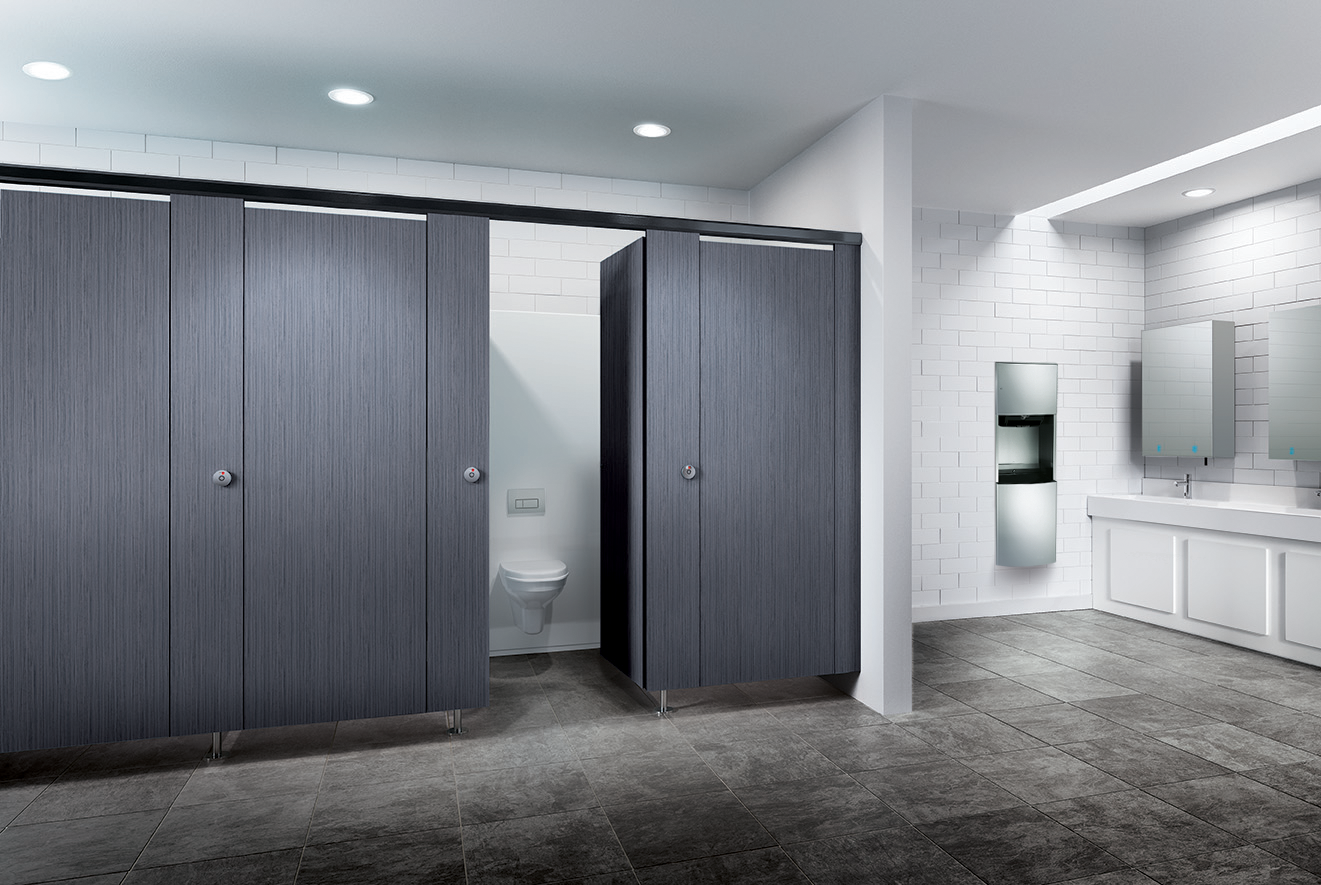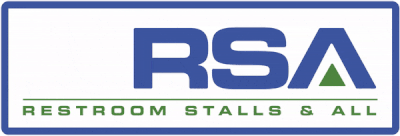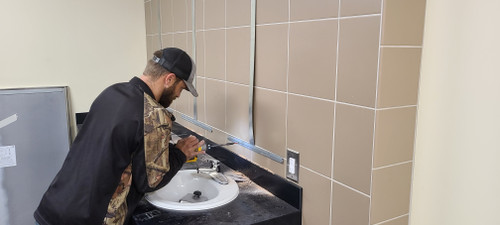Mounting Methods Compared – A Technical Guide to Division 10 Accessories
Posted by Douglas Cline on Oct 29th 2025

When it comes to commercial restroom design, the details matter. How a grab bar, paper towel dispenser, or baby changing station is mounted determines not only the durability but also the ADA compliance and overall finish of the restroom. For companies like Restroom Stalls and All, LLC, which supply and install Division 10 bathroom accessories and toilet partitions, understanding mounting methods is essential.
Common Mounting Methods for Bathroom Accessories
- Surface Mount
Mounted directly on the finished wall using screws or anchors. It’s quick and versatile, but less tamper-resistant than other methods.
Best for: Lighter accessories like tissue dispensers and mirrors. - Through-Bolt Mounting or Backing Plate
Anchored through the wall into a backing plate. Provides maximum strength for heavy accessories.
Best for: Grab bars, baby changing stations, and high-use areas. - Stud or Anchored Mount
Uses pre-installed blocking or plywood backing to secure the accessory.
Best for: Large mirrors or hand dryers. - Recess Mount
Accessory is installed flush with the wall, giving a clean, modern look and reducing projection.
Best for: Dispensers or cabinets in upscale restrooms. - Overhead or Ceiling-Suspended Systems
While usually used for partitions, accessories can share anchorage zones with ceiling support systems for maximum stability.
Why the Mounting Method Matters

Choosing the correct mounting method impacts:
- Durability and vandal resistance – Strong anchorage prevents damage in high-traffic restrooms.
- Maintenance and ease of replacement – Well-mounted accessories simplify future upgrades.
- ADA and local code compliance – Proper mounting ensures accessibility standards are met.
- Aesthetic consistency – Flush or concealed fasteners contribute to a clean appearance.
Key Factors to Consider
- Wall substrate – Drywall, tile, CMU, or concrete all require different anchors.
- Load requirements – Some accessories (like baby changing stations) must withstand up to 250 lbs or more.
- Usage type – Schools and stadiums require more robust mounting than office restrooms.
- Maintenance plans – Consider how easily the accessory can be removed or replaced.
- Finish quality – Match finishes and align accessories for professional results.
- Code compliance – Always verify ADA mounting heights and clearance zones.
- Coordination with partitions – Avoid conflicts between partition pilasters and accessory anchors.
Recommended Mounting Methods by Accessory
- Grab Bars: Through-bolt or backing plate mounting.
- Tissue and Towel Dispensers: Heavy-duty surface mount or backing plate.
- Baby Changing Stations: Through-bolted into structural backing.
- Mirrors: Anchored into blocking, especially with integrated shelves.
- Coat Hooks: Surface mount in low-traffic areas, reinforced mount for schools.
- Corner Guards: Adhesive or anchored depending on wall impact zones.
Pre-Installation Checklist
- Confirm substrate and backing before tile installation.
- Verify clearances and ADA height requirements.
- Coordinate with partition shop drawings.
- Inspect anchors and torque after install.
- Document installation details for owner records.
Conclusion
Proper mounting is the backbone of reliable restroom design. Whether you’re installing a grab bar or a paper towel dispenser, following the correct mounting method ensures longevity, safety, and code compliance. Restroom Stalls and All, LLC helps contractors and architects get these details right—from supply through installation—so every accessory performs as intended.


